7 Trends Shaping the Future of Healthcare Product Design Page
In the competitive healthcare industry, it has become crucial to introduce innovative marketing strategies and prioritize patient-centric approaches. Enhancing the product design page is an effective way to distinguish oneself from competitors and appeal to a broader audience. More and more businesses have incorporated visual content, including animated videos and top-notch graphics, into their product design pages. These visual elements aim to effectively educate audiences, foster trust, and boost conversion rates.
We’ve compiled seven noteworthy trends that have emerged and are influencing the future of healthcare product design pages. However, before delving into these trends in detail, let’s explore the basic knowledge of this topic. Keep scrolling!
What Is a Product Design Page?
Many people find it confusing to differentiate between a product page and a product design page. These two concepts serve distinct purposes in product development and marketing. Understanding their differences is crucial to communicating and promoting a healthcare product effectively.
A product page is a dedicated page, typically on e-commerce websites, for showcasing and selling a specific product. The main focus is to drive sales and provide prospects with essential information, such as product images, detailed descriptions, pricing, customer reviews, and a CTA.
Meanwhile, a product design page emphasizes the elaboration of the design of a particular product. The primary purpose of a product design page is to inform and educate potential customers, helping them make an informed decision about whether to buy the product or not.
A Product Page
- Designed for selling products or services.
- Contains product details, prices, reviews, and a call to action.
- Targets potential customers.
- Emphasizes product images and prices.
- Features a clear purchase call-to-action.
- Part of the sales funnel for revenue generation.
- Typically found on e-commerce websites.
A Product Design Page
- Aimed at showcasing and explaining the design of a product.
- Focuses on design philosophy, aesthetics, functionality, and technical aspects.
- Targets a broader audience and targeted customers.
- Aims to inform and educate, not necessarily to sell.
- May not have a direct purchase call-to-action.
- Part of branding and education efforts.
- May be featured on a company’s website or in design portfolios.
The upcoming discussion will explore seven emerging trends and the importance of the product design page for healthcare businesses.
7 Trends of Healthcare Product Design Page

Businesses used to incorporate heavy walls of text to describe their products or services. However, this practice is no longer suitable for attracting today’s audiences.
More and more businesses provide product design pages to showcase their healthcare products and educate potential clients. Here are some trends you can implement in your healthcare product design pages.
#1. 3D Animated Video Content
It can be challenging to explain any medical context to audiences. That’s when 3D animations come to help. Many healthcare brands or medical businesses use animated ads for educational and marketing purposes.
The three-dimensional animations appealingly convey complex medical concepts, techniques, and procedures. Moreover, this content offers several advantages, including adequate information retention and enhanced visual clarity and engagement.
As an example, as a healthcare service, you can provide 3D animation videos to explain what causes nerve pain in the knee and the appropriate treatments to your potential customers. This way, they’ll understand the processes and have similar expectations to your service.
Moreover, customers can understand how to use healthcare mobile apps and operate medical devices. They can also comprehend surgical procedures, drug mechanisms, or disease progression. 3D animations help clarify and simplify complex information related to the healthcare context.
#2. Interactive Video Content
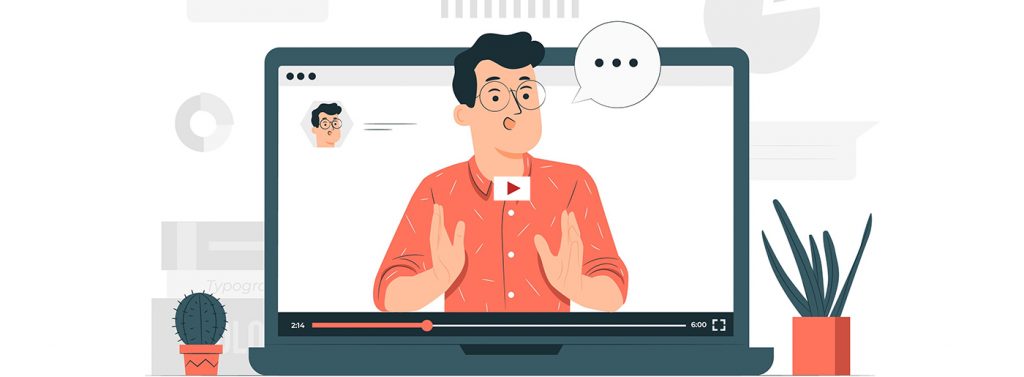
Interactive video content is another emerging trend in healthcare product design. It goes beyond traditional passive viewing and allows users to engage with the content actively. This personalized and immersive experience can enhance learning and communication in the medical field.
Interactive videos can be used in healthcare for educating patients, training healthcare professionals, and even remote consultations. Viewers can swipe or click on elements to answer questions or navigate different branches of the content based on their choices.
Interactive videos can be designed to assist clients in identifying their problems. They can choose the exemplary medical service or medication with proper analysis of symptoms and needs. However, further analysis by experts may still be needed to ensure accuracy.
#3. Visual Storytelling
Visual storytelling is a powerful approach to conveying information and building audience connections. Instead of presenting data or medical facts in a dry and technical manner, visual storytelling transforms how audiences digest medical content.
Visual storytelling combines visuals, narratives, and emotional elements to make the information more relatable and memorable. This trend aims to humanize healthcare by sharing patient stories, medical journeys, and real-world experiences.
It can be in the form of interactive infographics or animated explainer videos using video tools. For example, you can provide an animated infographic about calf muscle twitching or knee-popping treatments. This type of content is informative and highly shareable, and most importantly, will be easily digested by the audience.
By integrating visual storytelling in a website, landing page, or product page, designers can create a more empathetic and engaging user experience, which can be particularly effective in engaging and converting prospects.
#4. Personalization and AI
Personalization and artificial intelligence (AI) have transformed healthcare product design by tailoring medical solutions to individual patients. AI algorithms analyze patient data, such as medical history, genetics, and lifestyle.
Data analysis is essential to provide personalized treatment recommendations and health insights. This trend extends to medical devices, apps, and platforms, ensuring that healthcare interventions are more effective and patient-centric.
For example, patients experiencing facet joint syndrome can get product recommendations such as supplements and treatments from their emails or app notifications. Personalization and AI also help optimize treatment plans and preventive strategies to improve client satisfaction.
#5. Patient Empowerment
Patient empowerment is a healthcare product design trend that gives individuals greater control over their health and healthcare decisions. This trend is facilitated through digital tools, apps, and platforms that provide patients access to their health data, educational resources, and support networks.
Patient empowerment encourages active participation in healthcare management, fostering a sense of ownership and responsibility for one’s well-being. It also promotes better communication between patients and healthcare providers, leading to more informed decision-making and improved health outcomes.
A solid example of patient empowerment is a health and wellness tracking app. Typically, this app allows users to input their health data, daily habits, and medicine intakes. Users can also create personalized goals and track their progress in the app.
#6. Telehealth Integration
Telehealth integration refers to incorporating telemedicine and remote healthcare services into product design. This trend has become increasingly important, especially with the need for remote healthcare during pandemics.
Healthcare products like medical devices, apps, and digital platforms are designed to facilitate telemedicine consultations. Some examples are remote monitoring of a patient’s condition after an orthopedic surgery and secure communication between patients and healthcare providers. Henry Meds, for instance, stands out as a provider offering medically supervised subscriptions for GLP-1 medications like Semaglutide. Through 1-on-1 regular video telehealth visits, their clinicians assist individuals in determining the optimal dose of these medications to achieve their weight loss goals. This intersection of telehealth and pharmaceutical solutions represents a progressive step towards personalized and remotely accessible healthcare services.
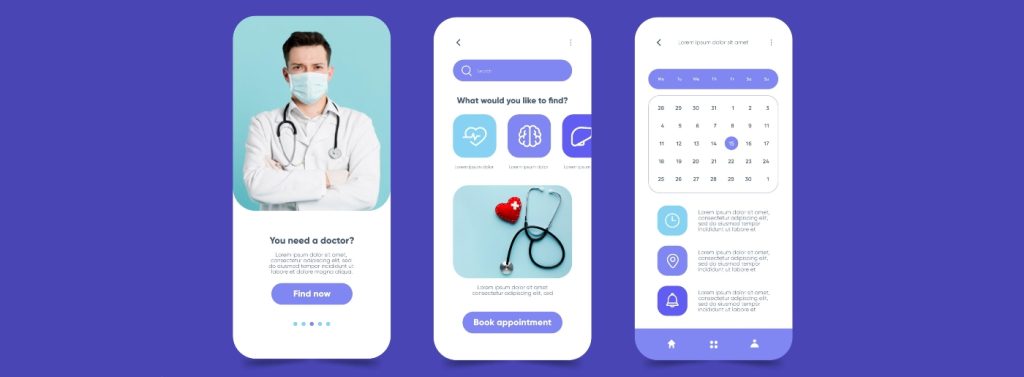
Telehealth integration aims to improve access to care, reduce healthcare costs, and enhance patient convenience by allowing medical services to be delivered remotely. Extending healthcare services to underserved or remote areas is crucial, making healthcare more accessible to anyone.
#7. Ethical Design and Inclusivity
Ethical design and inclusivity are trends that prioritize ethical considerations and accessibility. It involves making ethical choices when designing healthcare products.
It ensures that the technology trends and solutions are aligned with principles such as patient privacy, data security, and transparency. Moreover, it addresses potential algorithm biases and ensures fairness in healthcare AI systems.
On the other hand, inclusivity focuses on designing products that are accessible to a diverse range of users. For example, a product design page is accessible for individuals with disabilities, different cultural backgrounds, and varying levels of technical expertise.
Providing intuitive user interfaces for easy navigation is crucial to infuse inclusivity on a product design page. Besides, providing multiple communication options (text, voice, etc.) is necessary to help users with disabilities, such as visual impairments or mobility challenges.
Why a Product Design Page is Important for Healthcare Businesses
Why is a well-thought-out product design page so important for a healthcare business? This is one of the most common questions by companies in the industry.

Indeed, a product design page that resonates well with audiences can ultimately drive engagement and conversions, yielding a positive brand image and revenues. Here are some benefits you must know.
#1. Provide User-Centered Design
A user-centered design is an approach to put end-users’ needs and preferences at the forefront of product development. The product design and features have been crafted considering the user’s experience.
For instance, a product design can encompass intuitive user interfaces, accessibility features, and clear instructions. These aspects should be well-explained on the product design page to provide customers a positive and user-friendly experience.
Moreover, a healthcare service may provide an interactive video where audiences can click, zoom in, or zoom out on their product video. Overall, companies must create solutions and experiences that genuinely serve the needs of their users.
#2. Communicate Product Functions
For a healthcare product to be appealing, users must understand how it works and what it can do. A product design page should provide clear and comprehensive information about the product.
In this case, highlighting a healthcare product’s features, functions, and capabilities is necessary. This approach helps potential users and stakeholders assess whether the product meets their needs and requirements.
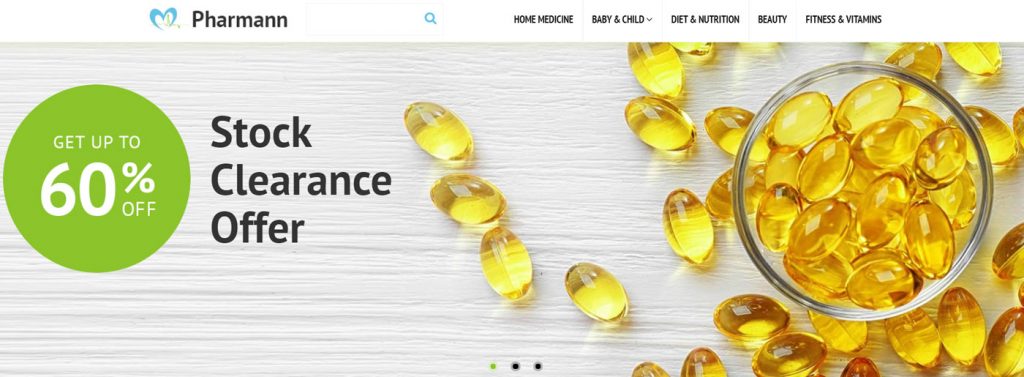
Visuals, including graphics, illustrations, animations, and transitions, must blend well with understandable language to explain complex technical functions or medical processes. This ensures audiences without a deep technical background can grasp the product’s purpose and benefits.
Moreover, a product design page should carry details. It may show how the product integrates with existing healthcare systems and its data handling capabilities to give a complete picture of its functions.
#3. Offer Transparency
Transparency is crucial to educate and appeal to potential buyers. It means being open and honest about how the product or service is designed, tested, and used by customers.
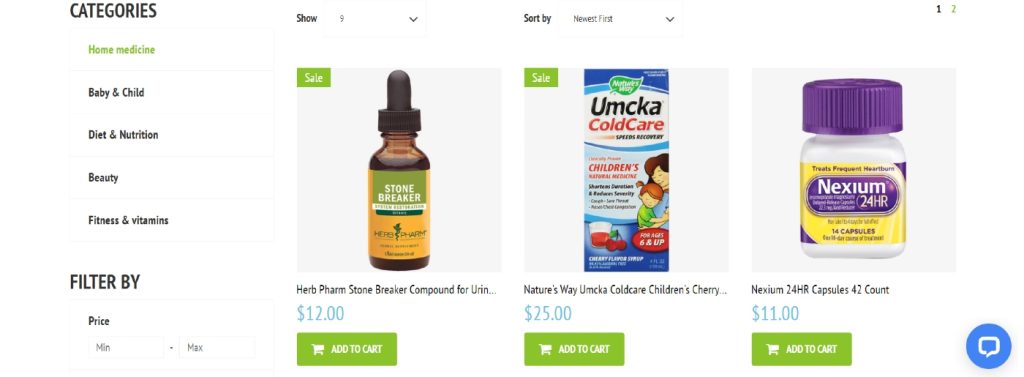
The big question is: How to infuse transparency on a product design page? Here are some ways to try.
- Disclosing information about the product’s development process, such as the research, testing, and validation process.
- Providing details about regulatory approvals, certifications, or compliance with industry standards.
- Showing prices and terms of use, including cost information, payment options, and potential limitations or restrictions.
- Sharing success stories, case studies, or client testimonials.
Being transparent when offering a healthcare product or medical service is crucial. The above points are essential to include in a product design page to gain trust and build credibility. Besides, those aspects can help generate a competitive edge.
#4. Enhance Marketing and Sales
A product design page can also enhance marketing and sales. With comprehensive information and engaging experience with visuals, healthcare businesses can attract potential customers and improve conversion rates.
Detailed descriptions, high-quality images, and informative videos can help potential customers understand why the product is valuable. Moreover, these elements also positively impact SEO, resulting in improved online visibility and organic traffic.
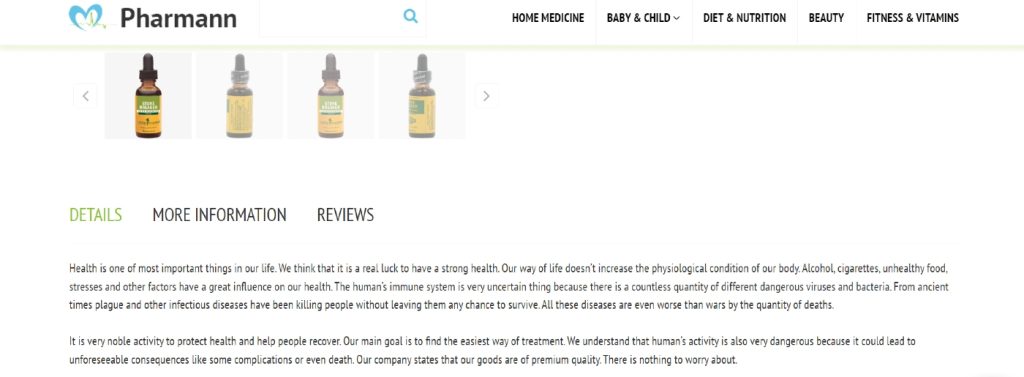
In addition, a business may also include a CTA, such as a ‘Request a Demo’ button. Such CTAs guide visitors to take the desired action, yielding higher sales and inquiries.
#5. Generate a Competitive Edge
Building a competitive edge is essential in a competitive healthcare industry market. A well-thought-out product design page can help a healthcare business stand out and appeal to potential customers better.
For example, highlight unique features that set a healthcare product apart from its competitors. This can help potential customers see the value in choosing their product over alternatives.
Moreover, the page’s design and layout can be a differentiating factor. A visually appealing and user-friendly page can leave a positive impression and set the business apart from competitors with less compelling online presentations.
Offering responsive customer support options, such as chatbots or contact forms, on the product design page can provide a competitive advantage. Chatbots help address customer inquiries promptly.
#6. Explain Compliance and Regulation
In the healthcare industry, businesses may need to adhere to regulations and standards, such as product certifications, compliance information, legal disclaimers, and regulations. These aspects can be explained compellingly and concisely on a product design page.
Provide detailed information about the healthcare product’s certifications, regulatory approvals, and compliance with industry standards. This assures potential users and healthcare professionals that the product meets legal and safety requirements.
Also, display any necessary legal disclaimers, terms of use, and privacy policies to ensure transparency and compliance with legal requirements. This information helps healthcare professionals and institutions understand the legal aspects of using the product.
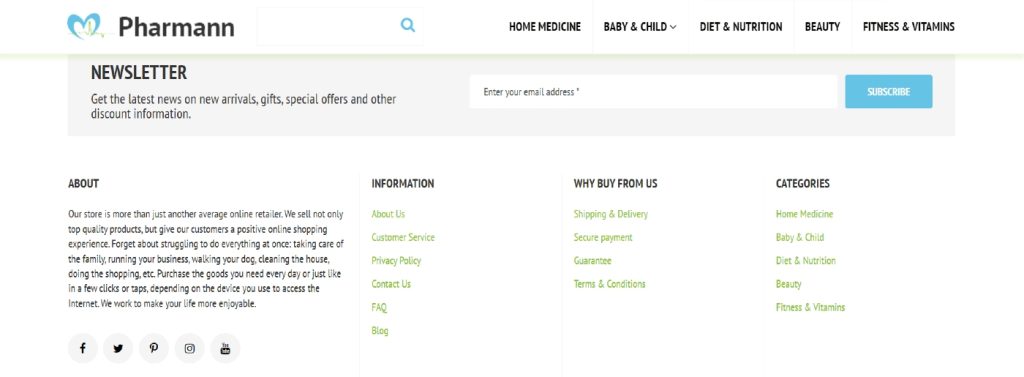
Takeaway
The above seven trends are the recent strategies to enhance healthcare product design pages. Whether using cool 3D videos to explain concepts, empowering patients with apps, or using technology for remote doctor visits, they make healthcare better and accessible for anyone.
As the healthcare industry remains competitive, you should consider these trends to stay relevant. Incorporate well-thought product design pages and optimize content to attract prospects and stand out among competitors.
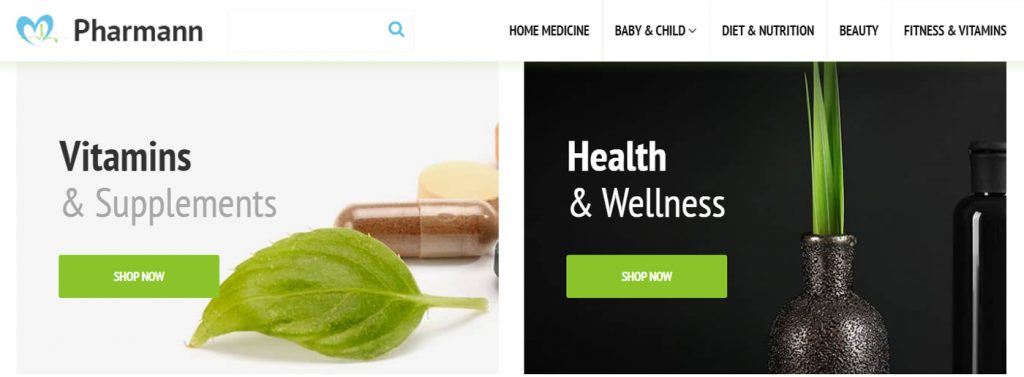
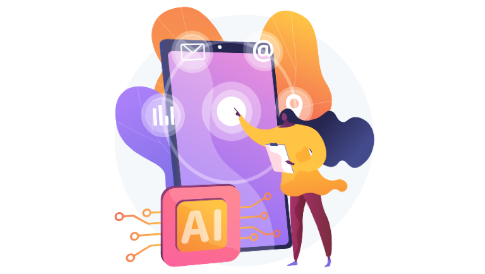




Leave a Reply